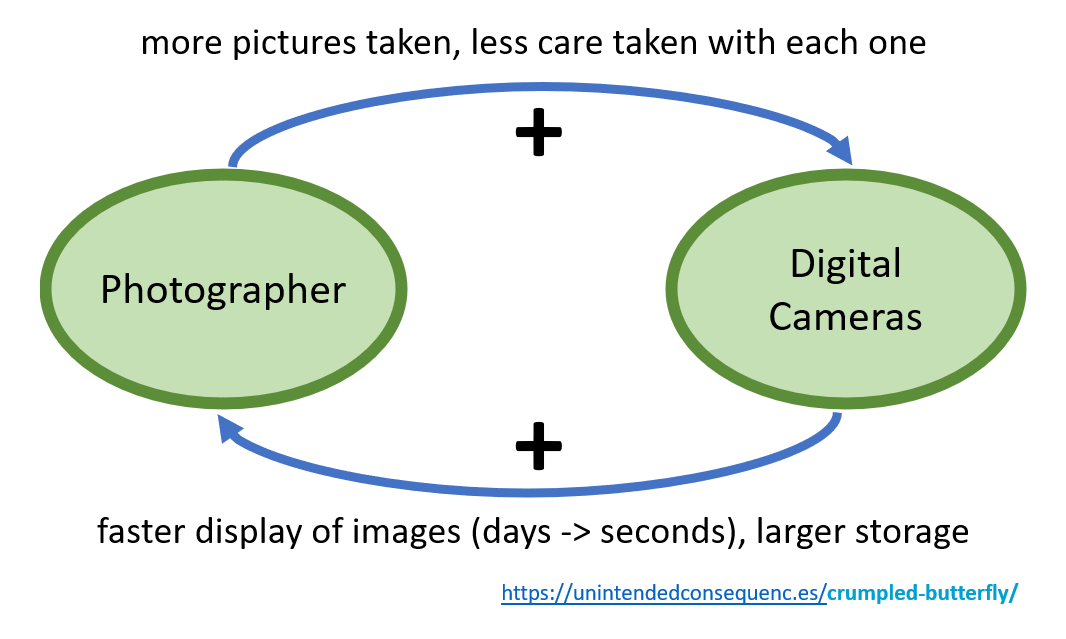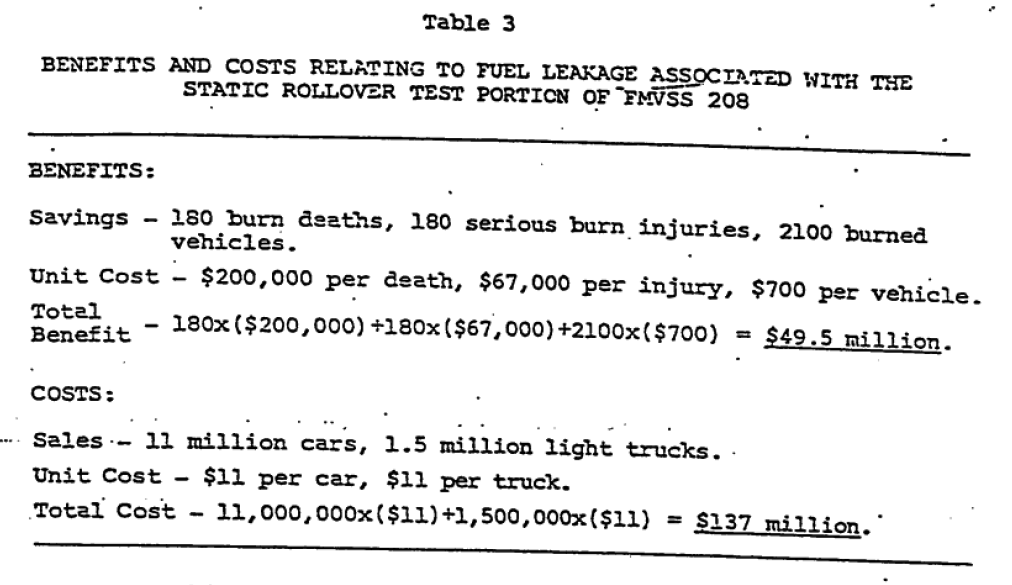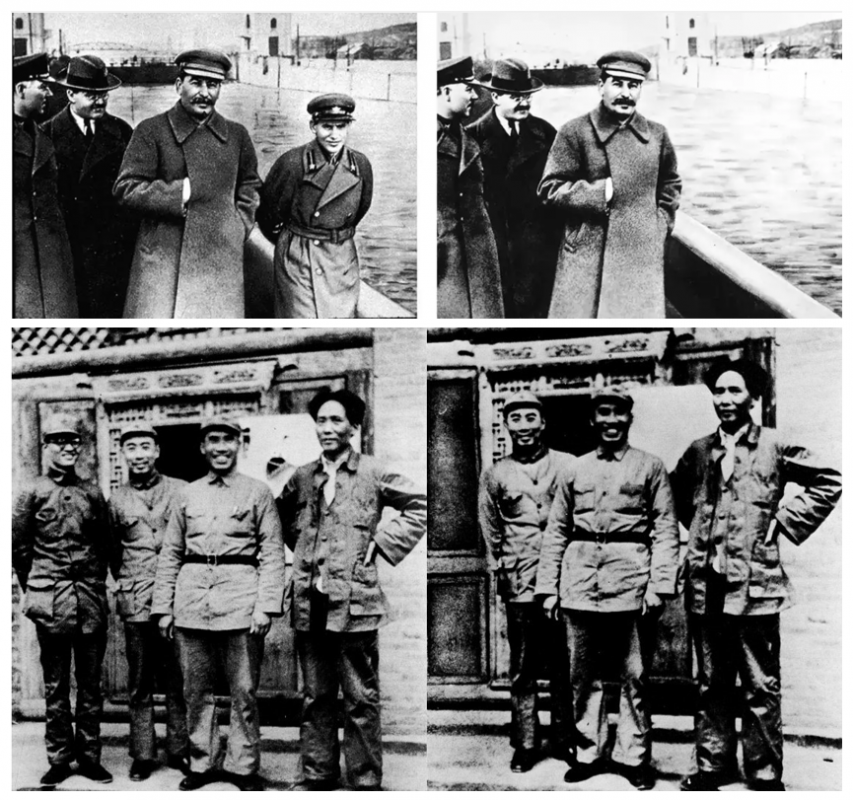We usually think of speed as good. Getting somewhere faster or finishing something sooner are typically positives. Completing an action or a project shouldn’t prioritize slowness. In fact, slowness is often paired with unsuccessful and over-budget projects. But are there breaking points where increased speed makes a system worse and harms the project itself?
There are several ways in which increased speed can change a system for the worse. Let’s look at how increased speed skips past unknown needed steps, pushes work elsewhere in the system, and adds risk.
Skipping Unknown Steps
Systems are not cleared bounded. We (at least as a non-expert) often don’t know or understand all the steps necessary to produce something.
As an example of the first way increased speed leads to problems, I was reminded of this quote, from Zorba the Greek.
“My indiscreet desire of that morning to pry into and know the future before it was born suddenly appeared to me a sacrilege. I remembered one morning when I discovered a cocoon in the bark of a tree, just as the butterfly was making a hole in its case and preparing to come out. I waited a while, but it was too long appearing and I was impatient. I bent over it and breathed on it to warm it. I warmed it as quickly as I could and the miracle began to happen before my eyes, faster than life. The case opened, the butterfly started slowly crawling out and I shall never forget my horror when I saw how its wings were folded back and crumpled; the wretched butterfly tried with its whole trembling body to unfold them. Bending over it, I tried to help it with my breath. In vain. It needed to be hatched out patiently and the unfolding of the wings should be a gradual process in the sun. Now it was too late. My breath had forced the butterfly to appear, all crumpled, before its time. It struggled desperately and, a few seconds later, died in the palm of my hand.
That little body is, I do believe, the greatest weight I have on my conscience.”
Those steps, like the gradual unfolding of a butterfly’s wings, can remain hidden in the chrysalis or with time they can be teased out. Something like a kind of natural phase change — a butterfly emerging from a cocoon — is complex but probably already as minimal as it could be. Not necessarily so for processes we create.
At the opposite extreme of beauty, I was once at an organization that instituted an ISO standardization process. Once that was implemented the goal was maintaining the standards, not efficiency, for we had unintentionally institutionalized some processes that served no purpose. The people knew which ones were useless, but still needed to do them. This is one of the small sadnesses of work life in large organizations.
Pushing Work Elsewhere
I used to want to be a photojournalist.
I had multiple cameras and lenses, developed and printed my own film, and worked as a photographer. I have photographed high-profile delegations at the top of the Capitol dome, and in a less security obsessed age, in the depths of the Pentagon. I’ve also had film confiscated (long story, another time).
Before high-quality digital cameras, professional photographers shot film. Because I could only carry maybe 10 rolls in a camera bag, no matter how interesting the subject matter, there was a limited number of exposures I could take. With 36 exposures in a roll of 35mm film, 10 rolls gave me 360 shots, max. (This number itself is a huge increase over older formats like the large glass photographic plates that Ansel Adams used almost a century ago.) 360 pictures was a huge number to shoot in a day and I probably only did it once.
Today, it’s normal for photographers to shoot that many in an hour.
Photography was more difficult, more expensive, and slower in the past. I couldn’t take as many pictures and had to wait hours at least (finish the roll, develop, and print) to finally see what images I captured. Often, I had to wait days. But looking at the prints I was able to recall what lens I used, what exposure settings, and how I held the camera. The difficulty of taking pictures made each one more memorable.
Unlike in the case of the butterfly, once digital cameras improved, there was no need for photography to continue to be slow, as it was with film. So as the results of photography appeared faster, much of the work that took place while shooting was pushed to the proofing and editing phase.
The more pictures I could take — an increase in speed supported by ease and large camera storage — the more careless I was during the photo taking phase. This is a positive feedback loop. Instead, I pushed the care to the final selection process.

Risk Adding
A goal, especially one not well thought out can result in second-order effects that act against the purpose of the goal in the first place.
From the paper Goals Gone Wild:
“In the late 1960s, the Ford Motor Company was losing market share to foreign competitors that were selling small, fuel-efficient cars. CEO Lee Iacocca announced the specific, challenging goal of producing a new car that would be ‘under 2000 pounds and under $2,000’ and would be available for purchase in 1970. This goal, coupled with a tight deadline, meant that many levels of management signed off on unperformed safety checks to expedite the development of the car—the Ford Pinto. One omitted safety check concerned the fuel tank, which was located behind the real axle in less than 10 inches of crush space… Investigations revealed that after Ford finally discovered the hazard, executives remained committed to their goal and instead of repairing the faulty design, calculated that the costs of lawsuits associated with Pinto fires (which involved 53 deaths and many injuries) would be less than the cost of fixing the design.”
The Pinto had the shortest automotive product timeline from design to delivery — 25 months when the industry average was 45 months.
The internal reaction to the Pinto’s design flaws was itself a choice of speed. Given the data, the needed calculations could be performed quickly. The redesign and fix of the Pinto gas tank would take much longer.
We actually have the Pinto cost benefits analysis memo, titled “Fatalities Associated with Crash Induced Fuel Leakage and Fires.” I’ll quote just a couple parts.
“The costs of implementing the rollover portion of the amended Standard has been calculated to be almost three times the expected benefit, even using very favorable benefit assumptions. The yearly benefits of compliance were estimated at just under $50 million, with an associated customer cost of $137 million.”

There are many examples from financial services of speed adding to risk, but I’ll pull out this example (also from Goals Gone Wild) from Continental Illinois Bank in the 1970s and 1980s. Continental was at the time a regional bank.
In 1976, Roger Anderson, the bank’s chairman publicized his plan for fast growth. In only five years the bank more than doubled its portfolio of loans.
“To reach this stretch goal, the bank shifted its strategy from conservative corporate financing toward aggressive pursuit of borrowers. Continental allowed officers to buy loans made by smaller banks that had invested heavily in very risky loans.”
Additionally, improper due diligence and kickbacks for loan approvals compounded until defaults and a run on the bank led to a government bail out of Continental Illinois Bank in 1984. That government bailout led to the popularization of the phrase “too big to fail.”
Antidotes to These Outcomes?
While the casual feeling may be that things are moving too quickly, that might just be part of the human condition. Many have actually written about the way speed — at least measured by technological progress — has slowed down over the past century.
The book The Rise and Fall of American Growth, Robert Gordon itemizes the innovations that appeared between 1870 – 1940 (electricity as a utility, communications, electric lights, home appliances, the telephone, recorded sound, radio, television, the automobile, the airplane, and more). These innovations led to greater productivity, health, education and a world so changed as to be unrecognizable to those who lived earlier.
By Gordon’s (and many others’) measure, innovation speed has since slowed.
Another way to look at speed is to compare the completion time of large building projects (both physical and digital) to the modern day. Patrick Collison, co-founder of Stripe, keeps a list of such projects that finished in what today seem like unnaturally short times. For example:
The Empire State Building (410 days); the Pentagon, at the time the world’s largest office building (491 days); the Alaska Highway spanning 1,700 miles (234 days); the Boeing 747 from start to finished first plane (747 days); and the New York Subway first 28 stations (4.7 years); the prototype of JavaScript (10 days); first version of Unix (3 weeks); the first GUI computer, the Xerox Alto (3 months); the iPod first shipments (290 days)…
Proposed reasons for the slowdown include increased conflicting interests and regulation, but not studying second-order effects. Such slowness presents its own problems.
Consider
- “Chesterton’s Fence” as an example of second-order thinking: “I don’t see the use of this [useless fence]; let us clear it away,” brings the retort “If you don’t see the use of it, I certainly won’t let you clear it away. [W]hen you can come back and tell me that you do see the use of it, I may allow you to destroy it.”
- As Vaclav Havel wrote in 1992: “I had wanted to make history move ahead in the same way that a child pulls on a plant to make it grow more quickly.” Social change may happen in fits and starts.
- Sometimes slowness across minutes is what’s needed. Stanislav Petrov of the USSR’s Air Defense Forces was on shift in 1983 to monitor for nuclear warhead launches from the US. When a new satellite system sounded an alarm, he paused for 15 minutes to determine that the Soviet Union’s missile warning system had reacted in error (later shown to be sunlight glinting off clouds above North Dakota).




